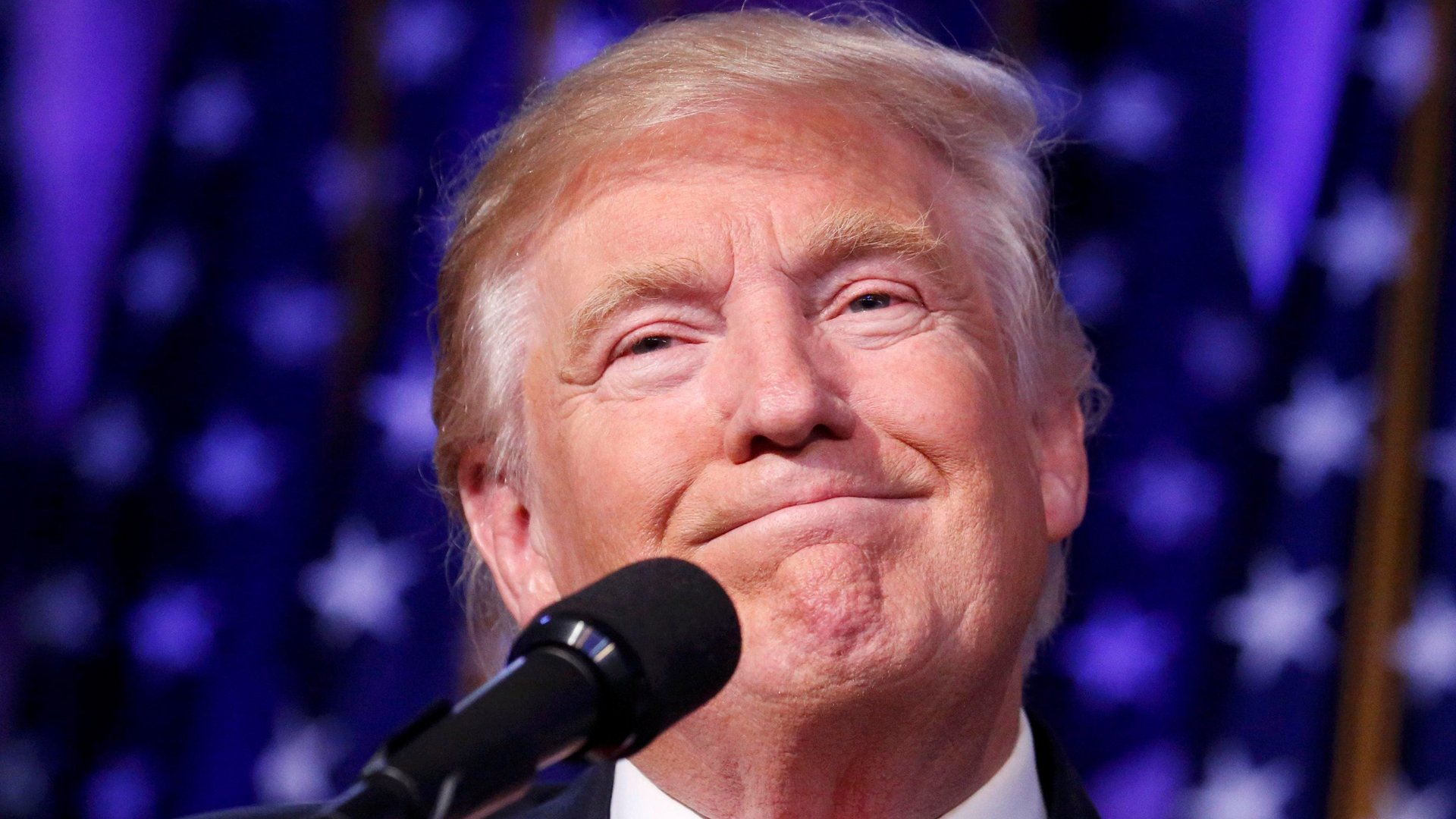Polls from previous US elections show that anything’s still possible
Pollsters get a bad rap. And to be fair: They generally failed to predict two of the most significant global events in recent years, the Brexit referendum in favor of leaving the EU and, months later, the election of Donald Trump as US president.


Pollsters get a bad rap. And to be fair: They generally failed to predict two of the most significant global events in recent years, the Brexit referendum in favor of leaving the EU and, months later, the election of Donald Trump as US president.
In the US, modern opinion polling is an old-school business, having been around since the 1930s. It operates on a basic premise—that phone surveys with a few hundred or thousand people can estimate who voters back on a national scale. There are issues with this approach—response rates have fallen from more than 90% to the single digits, and many polls rely on landlines, which skews the demographics of respondents given that most Americans use cell phones these days.
Methodology aside, polls are a measure of the current mood. And moods can change dramatically over the course of an election campaign. That’s especially true in the US, where the length of elections is excruciatingly long. Maryland Congressman John Delaney first announced his bid for the 2020 White House in July 2017, meaning this election will last 1,194 days.
We are now about 450 days from US Election Day. In the crowded field of Democratic primary candidates, polls show former vice president Joe Biden well in the lead, with Vermont senator Bernie Sanders, Massachusetts senator Elizabeth Warren, and California senator Kamala Harris rounding out the top four.
For a refresher, here is what election polls reported around the same time in past primaries—a reminder that anything can still happen.
2008 election
The 2008 election had a historic upset, when then-senator Barack Obama bested the Clinton party machine and clinched the Democratic nomination, then won the presidency. But in August 2007, Obama’s candidacy looked like a long shot—polls consistently showed Clinton leading by more than 20 percentage points over the junior senator from Illinois.
On the Republic side, polling in August 2007 also did not square with the eventual results. A USA/Today Gallup poll showed Rudy Giuliani far ahead of the pack, with 33% support. The former Tennessee senator Fred Thompson clocked in at 21%. And the late Arizona senator John McCain came in a distant third with 16%. McCain, as we now know, eventually won the GOP primary.
2012 election
No serious Democratic primary challenge was waged against Obama in 2012, which is typical for an incumbent president. Polls showed most Democrats approved of Obama, and he clinched the nomination—with overwhelming support.
The Republican Party, meanwhile, held a competitive contest for the nomination. Though Mitt Romney led in July 2011, a Gallup poll in late August showed then-Texas governor Rick Perry with 29% support compared to 17% for Romney. Romney would eventually win his party’s nomination, and then lose to Obama in November 2012.
2016 election
At this time of the year during the 2016 contest, polling actually aligned with the eventual nominees. They did not yet, however, capture the full extent of Sanders’ dazzling rise. An August 2015 CBS News poll found only 17% of voters favored Sanders, compared to 58% supporting Clinton. Sanders’ popularity would eventually clinch him about 43% of the primary vote. He nearly won the first state contest—49.6% to Clinton’s 49.9%—in Iowa on Feb. 1, 2016.
The Republican primary was more predictable at this time in the 2016 contest, with Trump in one CBS News poll taking 24% of the vote, compared to 13% for his next closest rival, Jeb Bush. (Bush would come in sixth place in Iowa, behind Ted Cruz, Trump, Marco Rubio, and others.)